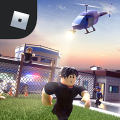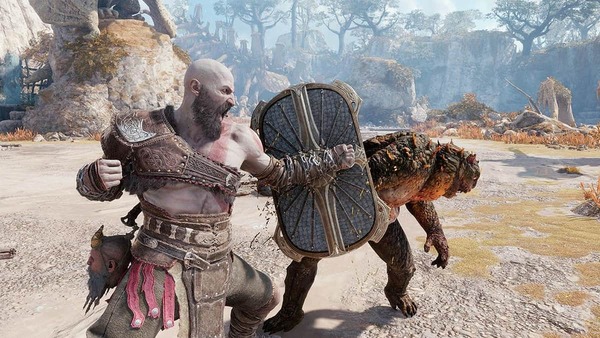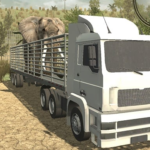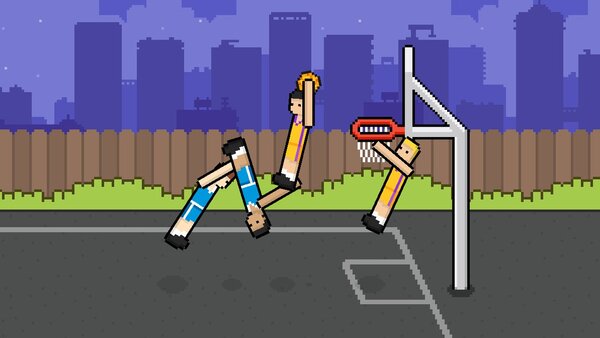
Arma Reforger, developed by Bohemia Interactive, is a modern reimagining of the military simulation experience that the studio is best known for, particularly through its Arma series. Built on the new Enfusion engine, Arma Reforger serves as both a technical demo and a standalone sandbox for experimentation. While many fans were excited about the potential of the new engine and improved performance, a core issue has emerged as a persistent pain point in gameplay:
AI squad behavior. This article explores the depth of this issue, focusing on how AI squadmates interact with the player, the environment, and enemies. We will evaluate how this flaw impacts the overall experience, the technical and design decisions behind it, and what improvements could make AI interaction more functional and immersive.
1. The Role of AI in Arma Reforger's Design Philosophy
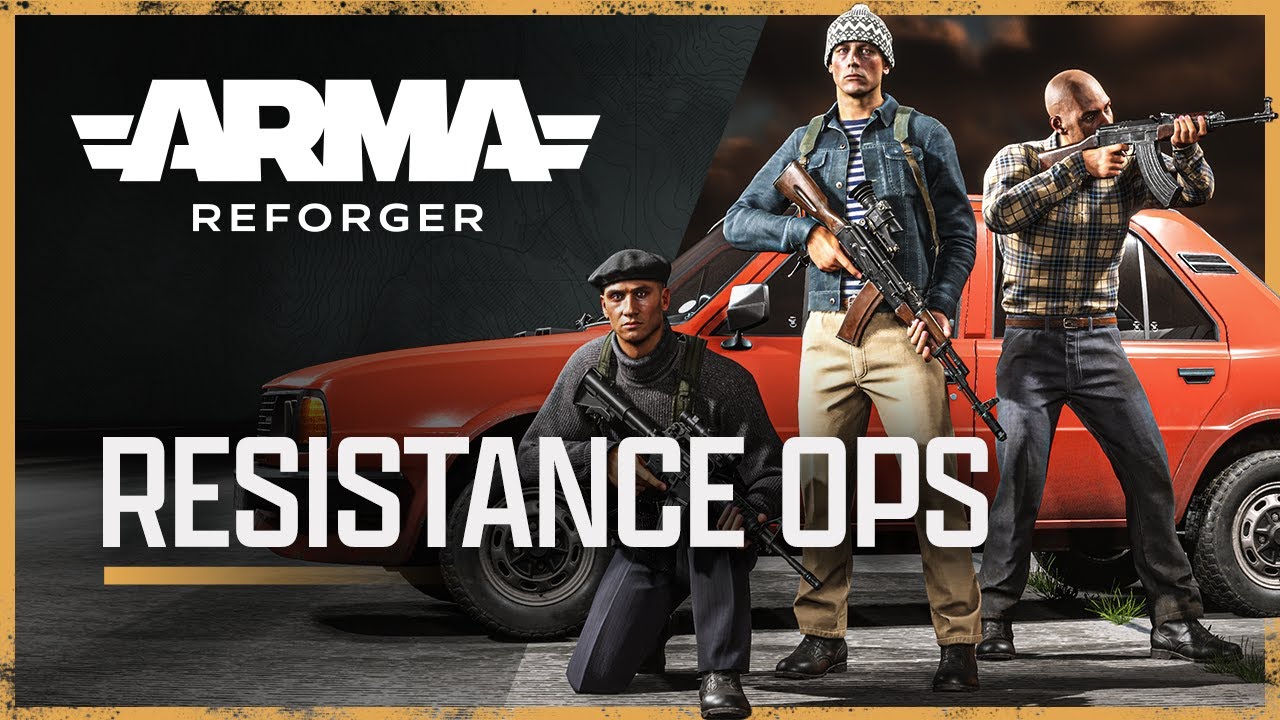
Arma has always been known for its emphasis on realism, simulation, and military authenticity. AI plays a central role in that equation, not only populating the battlefield but also forming the backbone of command-based gameplay. In Arma Reforger, the AI is expected to:
- Follow player-issued commands accurately.
- Navigate complex terrain.
- Engage enemies based on tactical priorities.
- Take cover, flank, or retreat as necessary.
However, in Reforger, players have found that AI squad behavior often deviates far from these expectations. Despite impressive environmental fidelity and improved performance thanks to the Enfusion engine, the AI systems frequently seem outdated, unresponsive, or outright broken.
2. Common AI Behavior Issues

A. Delayed or Ignored Commands
A recurring complaint among players is that AI subordinates often delay actions or ignore commands entirely. Whether told to hold position, engage targets, or regroup, AI units tend to exhibit a lag in response or fail to execute tasks altogether. This creates a disconnect between the player’s tactical planning and real-time outcomes.
Example: A player orders a unit to flank left and suppress a known enemy position. Instead of moving, the AI remains idle or takes an illogical path into enemy fire.
B. Poor Pathfinding and Navigation
Despite improvements to terrain rendering and obstacle modeling, AI pathfinding still suffers. Squadmates may get stuck on fences, buildings, or rocks. Worse, AI units often opt for open paths rather than cover, ignoring basic military tactics.
Real Gameplay Frustration: AI getting caught on geometry not only breaks immersion but often turns otherwise manageable skirmishes into chaotic, one-sided firefights.
C. Lack of Tactical Awareness
Compared to human players or even modded AI in Arma 3, Reforger’s AI lacks adaptive tactical behavior. Units fail to seek cover under fire, do not coordinate with nearby allies, and rarely adjust formations to suit the terrain or enemy disposition.
Key Consequence: This means solo players relying on AI squads face disproportionate difficulty spikes, as their units act more like training dummies than battle-hardened troops.
3. Systemic Causes of Poor AI Behavior
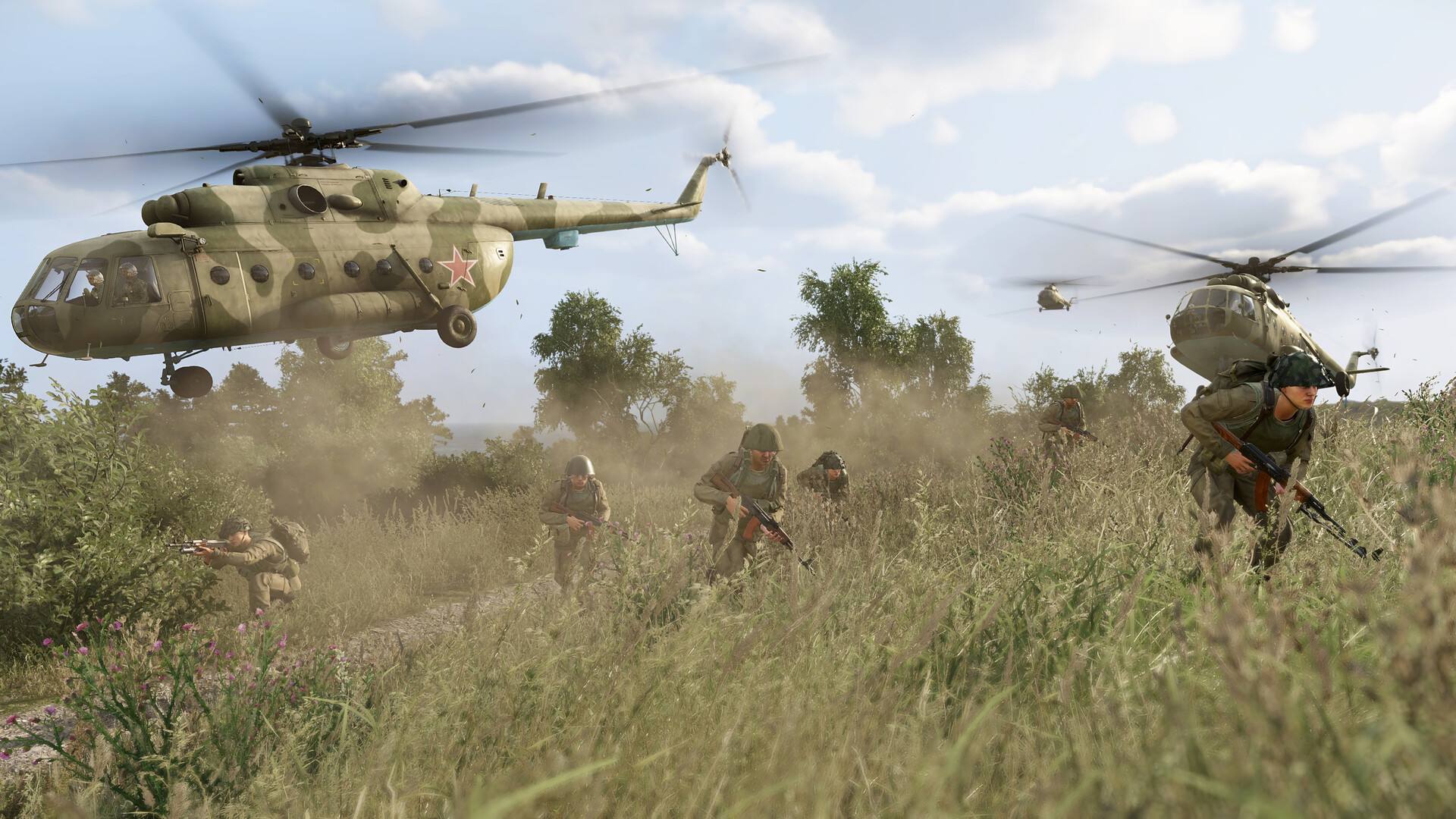
A. Enfusion Engine Tradeoffs
The move to Enfusion prioritized performance, modularity, and next-gen rendering. However, Bohemia’s decision to overhaul core systems also meant many legacy AI behaviors from Arma 3 didn’t transfer cleanly—or at all. While the engine allows more dynamic environments, the AI does not yet fully capitalize on these systems, leaving gaps in behavior that used to be covered in older games.
B. Simplified Command UI
Arma Reforger aimed to make the game more accessible with a redesigned command interface. Yet, this came at the cost of granular control over AI. Players can no longer micro-manage squad formations or unit stances with the precision available in previous Arma titles. This oversimplification leads to situations where players can’t correct bad AI decisions, further amplifying frustration.
C. Lack of Content-Specific AI Behavior Scripts
In past Arma games, mission designers often crafted specific AI behavior scripts to suit campaign content. In Reforger, much of the gameplay is emergent and sandbox-based, and as such, the AI is meant to behave dynamically. Unfortunately, that results in generic behavior not tailored to specific situations.
4. Community Response and Modding Workarounds

The Arma modding community has long been its backbone, often fixing issues the base game does not. In Reforger’s case, players have already started crafting mods to improve AI behavior. Some notable efforts include:
- Community AI Scripts: Modders have developed workarounds that adjust AI reaction time, combat prioritization, and movement patterns.
- Pathfinding Fixes: Certain mods attempt to improve pathfinding by redefining how AI interprets terrain data.
However, because Reforger is still evolving, modders are limited by what the game exposes via its scripting tools. The official tools are powerful but still under development, meaning even talented creators can only do so much.
5. The Gameplay Impact
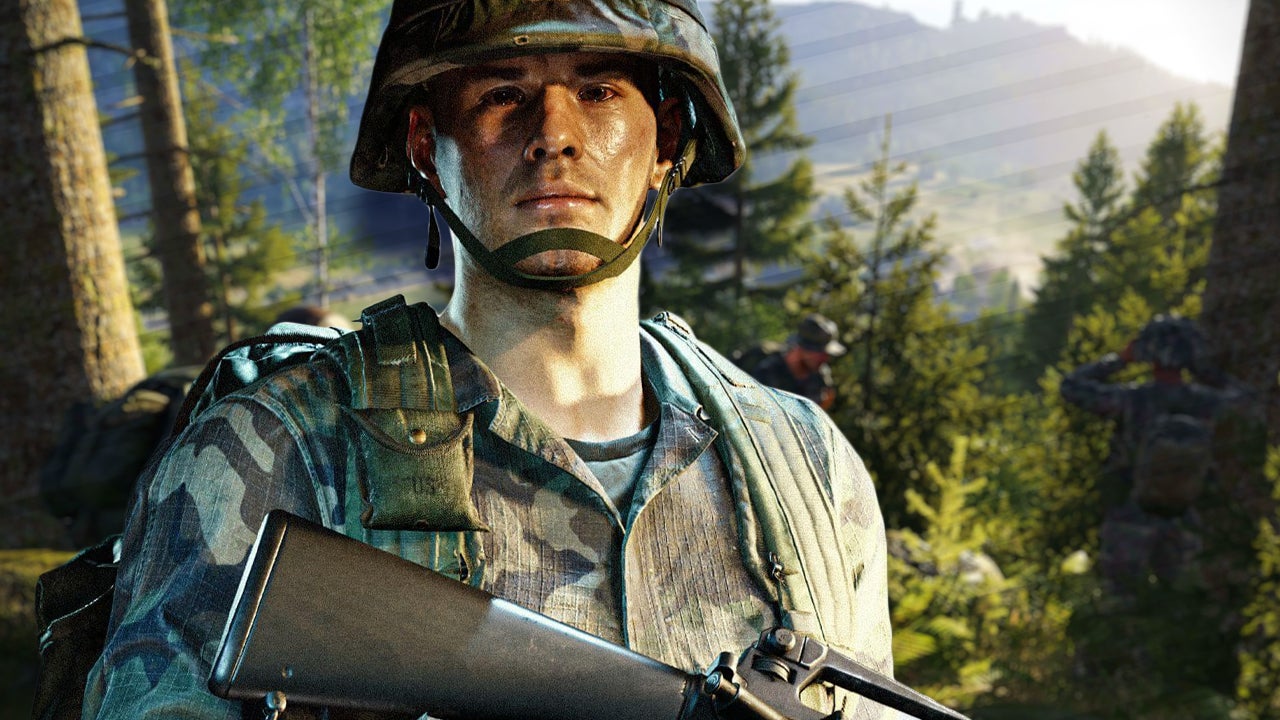
For a game that markets itself as a tactical military simulator, faulty AI undermines core gameplay loops:
- Solo Play: For players commanding AI squads, missions become more frustrating than immersive.
- PvE Modes: In cooperative modes where AI fills enemy or allied roles, the poor behavior ruins balance and engagement.
- Scenario Creation: Mission makers find it difficult to craft believable or challenging encounters when the AI acts irrationally.
Moreover, this AI gap diminishes Arma’s potential as a training or simulation tool—one of its legacy uses among real-world military enthusiasts and educators.
6. Recommendations and Possible Fixes
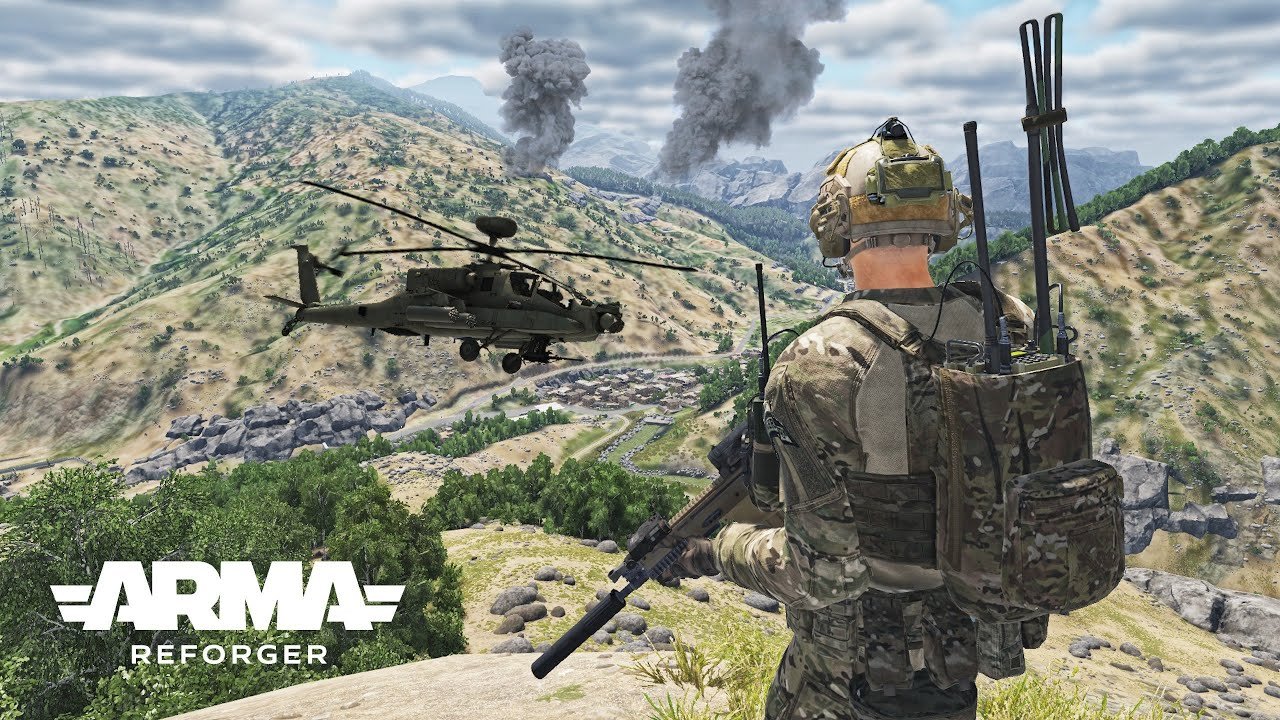
Bohemia Interactive has already acknowledged AI as a work-in-progress. Here are potential fixes or improvements that could help:
A. Reintroduce Granular Commands
Bringing back precise command options like spacing, stances, and formation control would allow players to offset AI shortcomings with better management.
B. AI Behavioral Profiles
Implementing different profiles (aggressive, cautious, stealth) would allow more adaptable responses to combat situations.
C. Smarter Pathfinding AI
Further investment into machine learning or environment-aware algorithms could allow AI to understand terrain better, avoid hazards, and move more tactically.
D. Priority Targeting System
Introducing a mechanic that lets players assign specific threat priorities (e.g., snipers > machine gunners > riflemen) could make AI responses smarter.
Conclusion
Arma Reforger represents a bold new step for Bohemia Interactive and the Arma series. The Enfusion engine has opened many doors—but it has also introduced new challenges, especially regarding AI squad behavior. Currently, this remains one of the game’s most glaring flaws, affecting solo play, modding potential, and the simulation quality of the experience. While Reforger is positioned as a living platform rather than a final product, improving AI behavior must be a priority if the game is to fulfill its promise. As it stands, even the most beautifully rendered battlefield loses its tactical luster when AI allies act like liabilities. If Bohemia can resolve these AI issues, Arma Reforger could become the ultimate sandbox military simulator fans have been hoping for—not just a tech preview, but a robust, evolving combat experience that rewards strategy, leadership, and realism.
 Arma has always been known for its emphasis on realism, simulation, and military authenticity. AI plays a central role in that equation, not only populating the battlefield but also forming the backbone of command-based gameplay. In Arma Reforger, the AI is expected to:
Arma has always been known for its emphasis on realism, simulation, and military authenticity. AI plays a central role in that equation, not only populating the battlefield but also forming the backbone of command-based gameplay. In Arma Reforger, the AI is expected to:


 The Arma modding community has long been its backbone, often fixing issues the base game does not. In Reforger’s case, players have already started crafting mods to improve AI behavior. Some notable efforts include:
The Arma modding community has long been its backbone, often fixing issues the base game does not. In Reforger’s case, players have already started crafting mods to improve AI behavior. Some notable efforts include:
 For a game that markets itself as a tactical military simulator, faulty AI undermines core gameplay loops:
For a game that markets itself as a tactical military simulator, faulty AI undermines core gameplay loops:
 Bohemia Interactive has already acknowledged AI as a work-in-progress. Here are potential fixes or improvements that could help:
Bohemia Interactive has already acknowledged AI as a work-in-progress. Here are potential fixes or improvements that could help:




